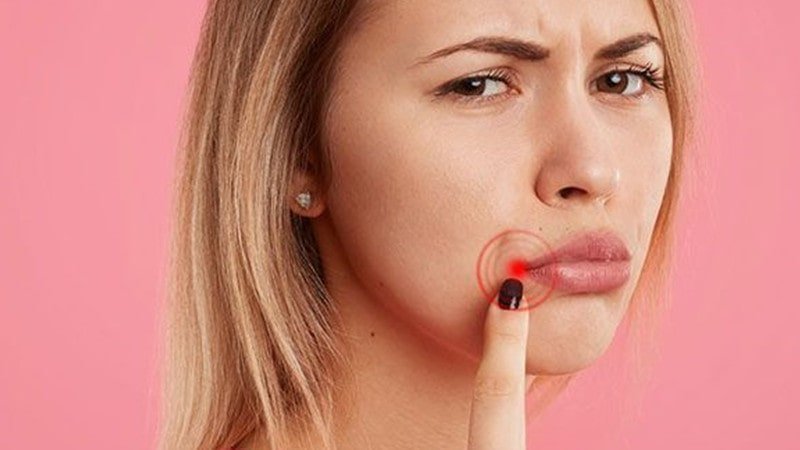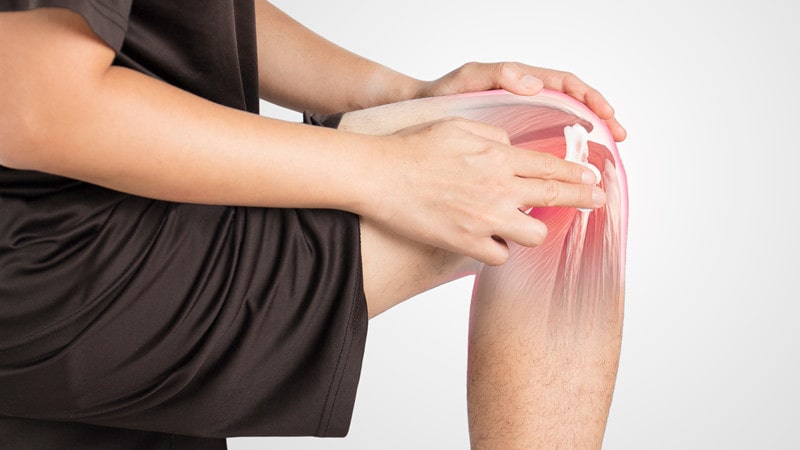Once in a while, you might notice that the skin around the corners of your mouth doesn’t look quite right. More specifically, it could feel like it’s breaking apart, which can cause you anxiety and fear. If that happens, you might experience angular cheilitis, which is a common yet painful skin condition.
But you don’t have to worry, as there are a lot of ways to deal with it. In fact, today, let’s take an in-depth look and learn how to get rid of angular cheilitis!
What Is Angular Cheilitis?
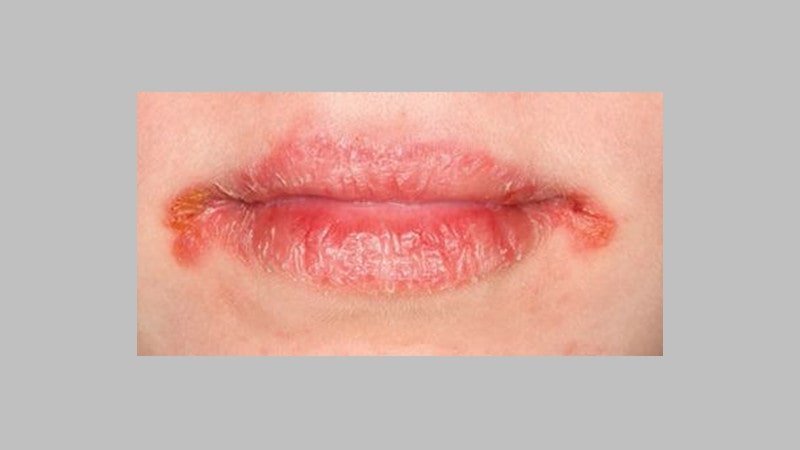
Image source: Pinterest
As previously mentioned, angular cheilitis is a very common inflammatory skin condition. And while it usually affects both corners of your mouth, causing cracked, irritated sores, it can also affect just one side. Fortunately, even though it can be quite painful, angular cheilitis isn’t a serious condition.
Angular cheilitis can also be referred to as perleche or angular stomatitis. It’s important not to confuse angular cheilitis with cold sores, as the latter is caused by the herpes virus. Not only that but cold sores are contagious, while angular cheilitis isn’t.
Who Is Prone to Angular Cheilitis?
Although anybody can get angular cheilitis, it is more common among the elderly and very elderly. Why? Because elderly people have sagging skin around the corners of their mouths or use dentures, which can be risk factors for angular cheilitis. However, due to their pacifiers, drooling, and thumb-sucking, even infants are at risk of developing this skin condition.
What Causes Angular Cheilitis?
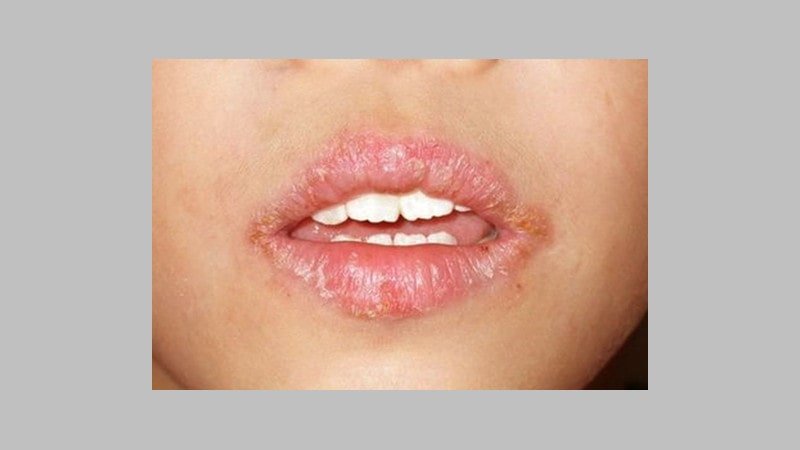
Image source: Pinterest
Generally speaking, dry lip corners are the main cause of angular cheilitis. That’s because dry skin can allow bacteria and fungi to get inside, which causes infections or inflammation. And since saliva contains bacteria, as long as you have dry skin, angular cheilitis is almost a given.
Here are a couple of things that can cause dry lip corners and increase the risk of angular cheilitis:
• Drooling during sleep
• Skin allergies
• Face masks
• Yeast or fungal infections such as thrush
• Eczema
• Sucking on a pacifier or a thumb
• Improper dentures
• Misaligned teeth
Besides dry lip corners, there are also additional risk factors that can trigger angular cheilitis, such as:
• Stress
• Smoking
• Sudden weight loss
• Chronic health conditions like diabetes
• Down syndrome
• Immune system disorders
• Low levels of iron, B vitamin, and potassium
Symptoms of Angular Cheilitis
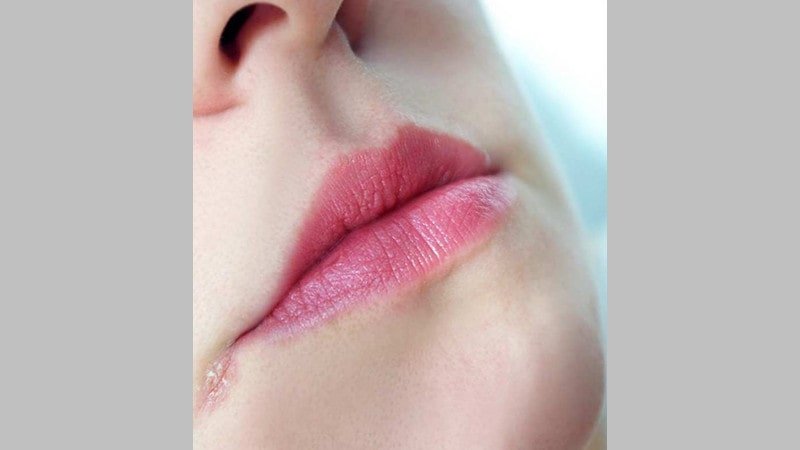
Image source: Pinterest
If you are suffering from this skin condition, you might notice any of the following near the corners of your mouth:
• Blisters
• Bleeding
• Redness
• Swelling
• Maceration
• Crusting
• Cracking
But Are Sores Always the Result of Angular Cheilitis?
It’s vital to understand that sores and cracked lip corners are not always tied to angular cheilitis. In fact, they can be caused by a variety of health problems:
• Herpes simplex virus type-1
• Leukoplakia
• Oral cancer
• Syphilis
• Oral lichen planus
• Actinic keratosis
How Can a Doctor Diagnose Angular Cheilitis?
Angular cheilitis is usually diagnosed by a dermatologist who will:
• Check your symptoms.
• Perform an initial physical exam.
• Review your medical history.
Dermatologists may also do mouth swabs in order to test for viruses such as herpes or fungal infections. And, in some cases, they will also do blood tests to check for nutritional deficiencies and illnesses.
How to Get Rid of Angular Cheilitis

Image source: Pinterest
While angular cheilitis is not a serious skin condition, the treatment plan depends on what caused the inflammation in the first place. The treatment can include:
• Dental Work: Since misaligned teeth are a common cause of angular cheilitis, you might have to get braces, headgear, or retainers. And, if you already have one of those, you need to make sure that they fit properly, otherwise, they might increase the risk of angular cheilitis drastically.
• Dietary Changes: Lack of nutrients can trigger angular cheilitis, meaning that you’ll need to make a couple of dietary changes. For instance, you should increase your iron, protein, and B vitamins intake to clear up any problems.
• Antibiotics: Angular cheilitis is caused by bacteria, therefore, oral or topical antibiotics can be quite effective.
• Creams: Antifungal creams or topical steroids are able to relieve the pain and swelling caused by angular cheilitis. You can also use petroleum jelly or lip balm to keep your mouth moisturized and reduce the risk of skin inflammation.
How to Prevent Angular Cheilitis
Since prevention is better than cure, we’ve put together a couple of tips that could reduce your risk of developing angular cheilitis or similar skin conditions:
• Avoid licking your lips.
• Don’t use expired cosmetic products.
• Keep your lips moisturized.
• Try to reduce the use of tobacco.
• Drink plenty of water and maintain a balanced diet.
• Contact with skin irritants and allergens should be avoided at all costs.
Featured image source: Pinterest.com

